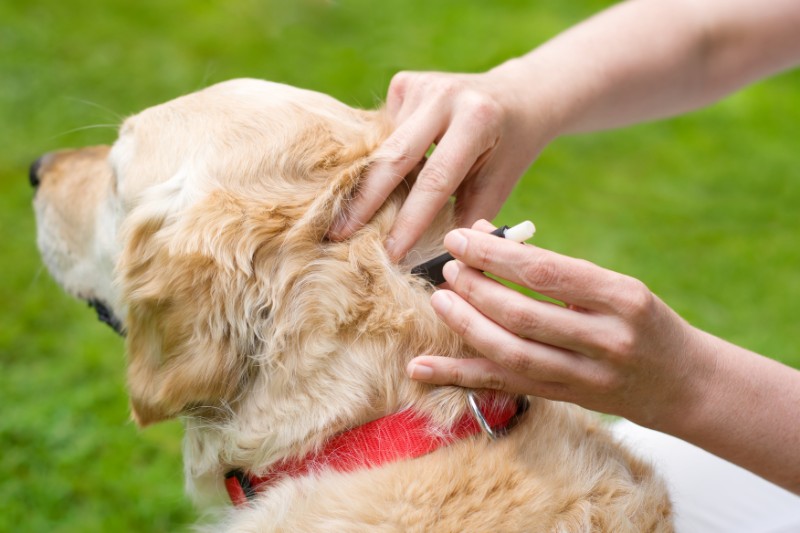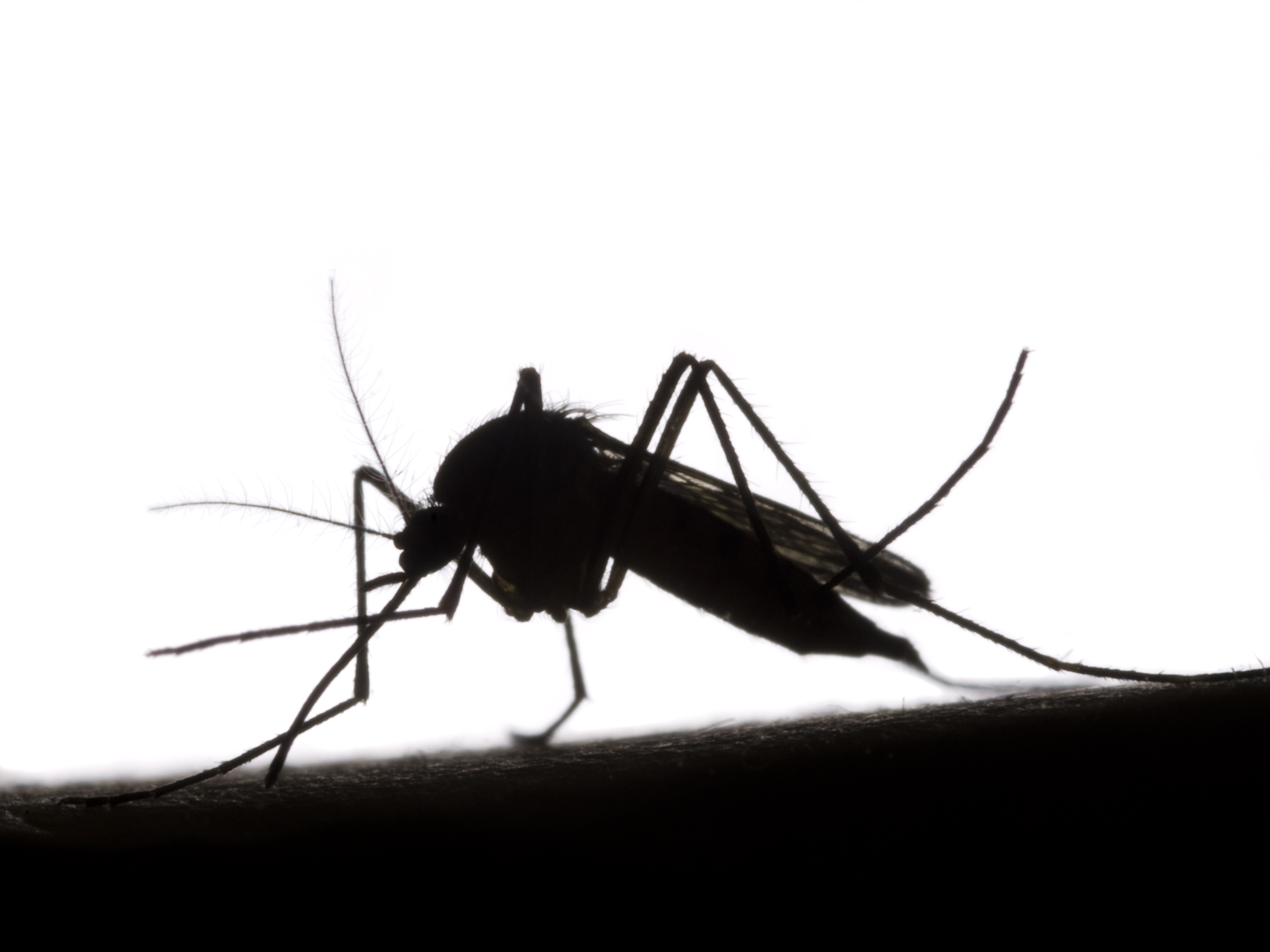Posts Tagged: Ticks
Ride, Ride, Ride, Hitchin’ a Ride: The Case for Flea and Tick Prevention

Spring is a notoriously fickle time in Colorado. One day, we’re enjoying temperatures in the 60s, and the next day we’re hit with a snow storm! This variation between cold and warm weather can make it easy to ignore your pet’s parasite prevention. Unfortunately, a little spring snow isn’t enough to keep fleas and ticks at bay for long. Although they may seem inactive during a cold spell, it only takes a few 50 to 60 degree days for parasites to become active again.
While fleas and ticks can be found anywhere outdoors, they are most likely picked up by a pet after they’ve dropped off of another animal onto the ground, grass or a shrub. Even if a pet doesn’t go outdoors, it can still be exposed to these parasites when they’ve hitched a ride indoors on someone’s clothing. Unfortunately, they’re usually not noticed until they’ve bitten your pet and started to cause itching, skin rash and hair loss problems. Or, as with a tick, you’ve discovered a little round bump on your pet that wasn’t there a few days before.
Continue…Ticks and Pets: The Ugly Truth About Rocky Mountain Spotted Fever
 Tick populations are on the rise across the United States, and our beautiful state is no exception. Of the 30 plus species of ticks that make their home in Colorado, there are several that have the potential to make your pet, and you, very sick. Rocky Mountain Spotted Fever is one of many diseases that can be transmitted to both people and pets via the bite of an infected tick, and is of particular concern in our region.
Tick populations are on the rise across the United States, and our beautiful state is no exception. Of the 30 plus species of ticks that make their home in Colorado, there are several that have the potential to make your pet, and you, very sick. Rocky Mountain Spotted Fever is one of many diseases that can be transmitted to both people and pets via the bite of an infected tick, and is of particular concern in our region.


